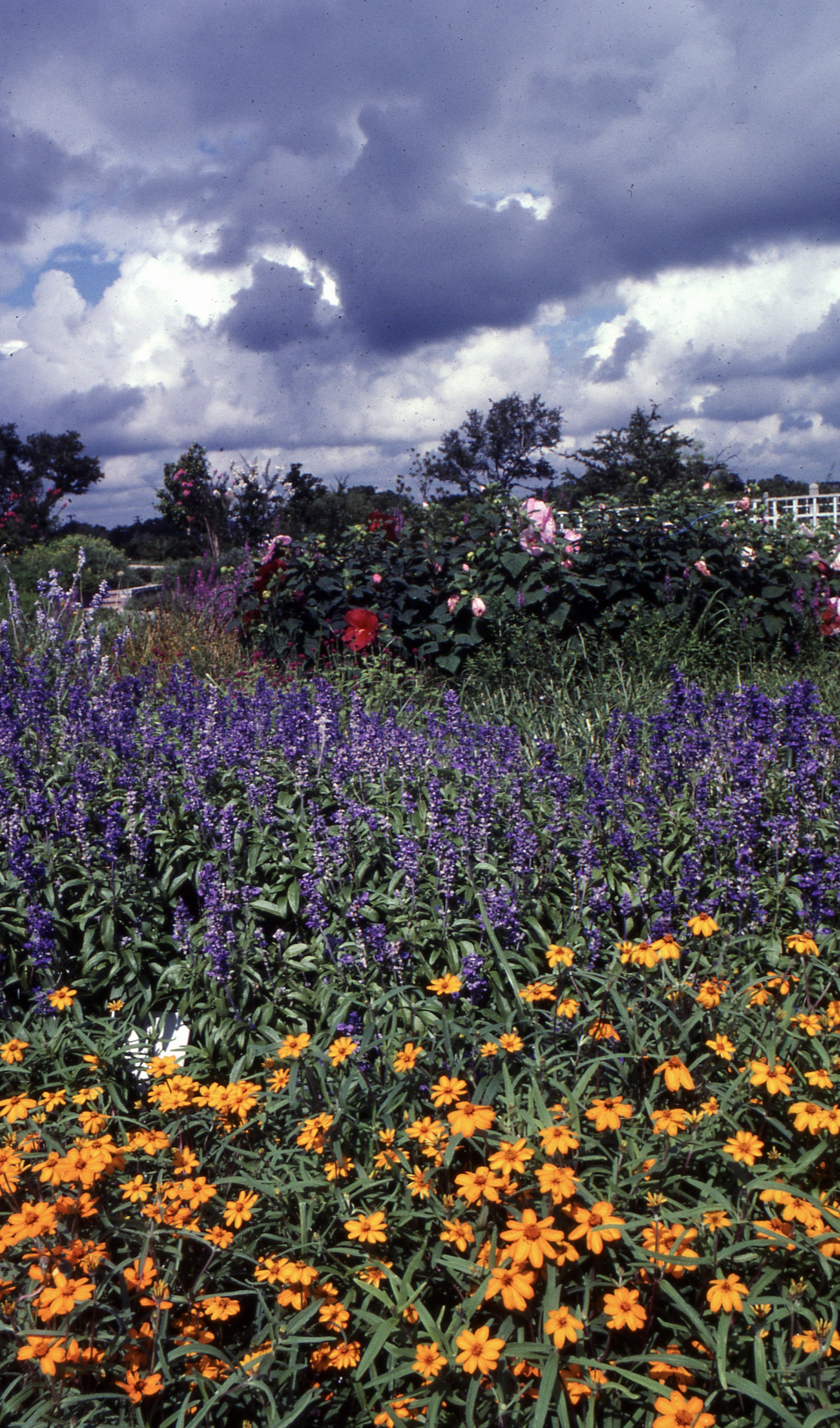Portfolio Review: Old Kona Airport
This is an example of harsh mid-day sun and its effect on the surrounding scenes of a beach near Kona. I like to balance compositions of subjects to create an encompassing view that holds the attention of the viewer inside the confines of the frame.
This image is available to purchase as printed products. To access, viait the print store.
Can Digital Really Measure Up to the Quality of Film? Case in Point: Kodachrome 64
I was going through some of my legacy images the other day and found this from a selection of Kodachrome shots. This was taken around 1980 I believe.
The richness of color fidelity and high dynamic range as evidenced here exemplifies the capabilities of this legendary film stock.
I still believe now that I cannot capture these unique qualities with digital photography.

